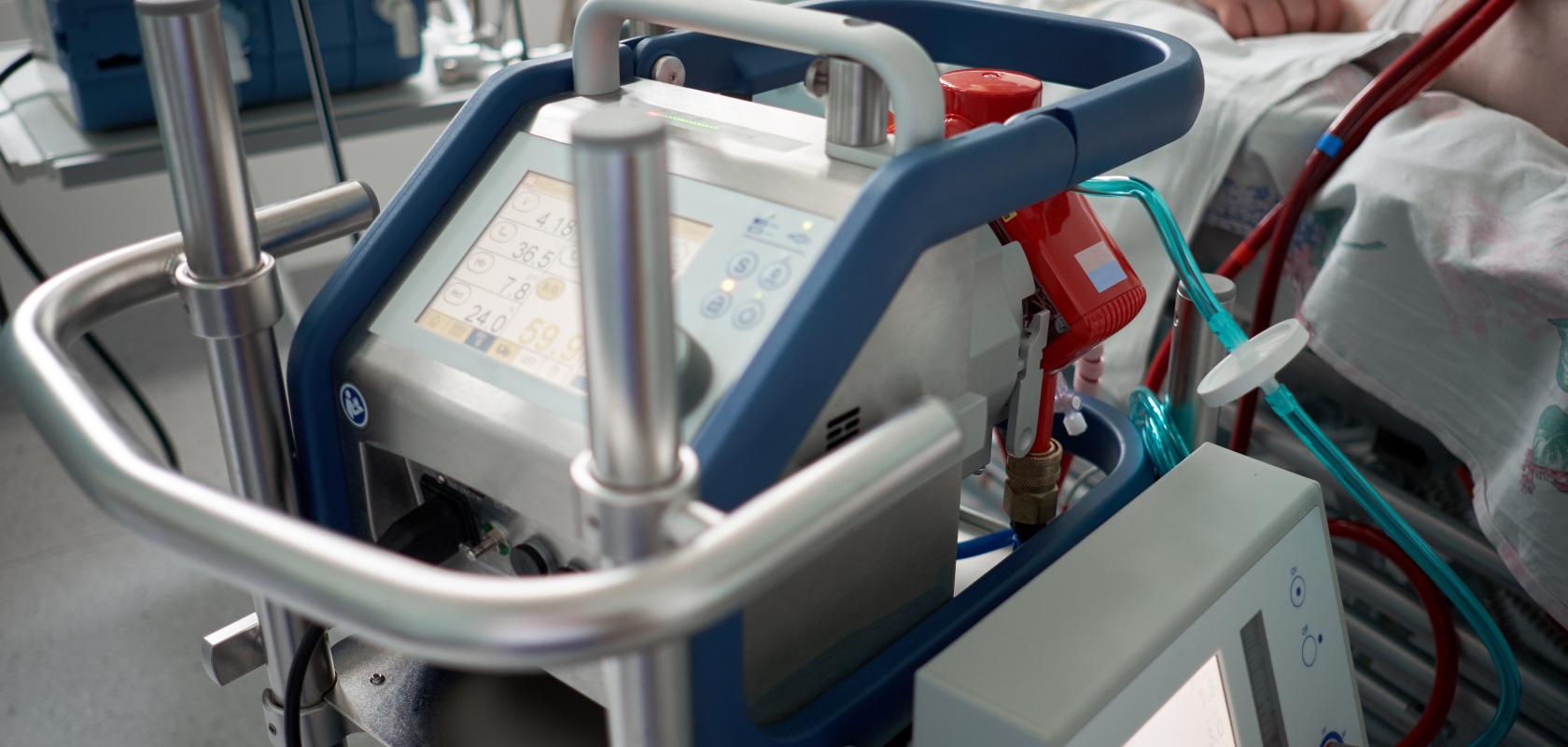In modern healthcare, point-of-care (POC) diagnostics have become essential for delivering quick and effective medical interventions. POC diagnostics and treatment involve conducting medical tests and services at or near the site of patient care. These can be significantly enhanced by implementing spectroscopic technologies. With its diverse analytical capabilities, spectroscopy is revolutionising how clinicians perform diagnostics and make timely decisions.
Spectroscopy: a game-changer in POC diagnostics
Spectroscopy encloses various techniques that analyse the interaction of light with samples. Techniques such as UV-Vis absorbance, fluorescence, and Raman spectroscopy are beneficial in POC settings due to their rapid, precise, and minimally invasive nature. This article explores the key benefits of implementing spectroscopy in POC settings and highlights a POC application.
Key benefits of spectroscopy in POC settings
Implementing spectroscopic solutions to POC settings offers a lot of benefits, such as:
Rapid analysis and real-time results: Spectroscopic techniques deliver direct results, crucial in critical care scenarios where every second counts. This immediate feedback can significantly improve patient management and outcomes.
Non-invasive techniques: Many spectroscopic methods require minimal sample preparation and can often be performed non-invasively. This is particularly beneficial for continuous monitoring and for professions like paediatrics and geriatrics, where sample collection can be challenging.
Broad versatility: Spectroscopy analyses various biological samples, including blood, urine, saliva, and tissues. This wide applicability allows for the detection of multiple biomarkers and pathogens, facilitating comprehensive diagnostics and helping to make the right treatment decision.
Recent advancements have led to the development of portable and handheld spectroscopic devices. These instruments are designed for on-site testing, making them invaluable in diverse environments, from urban hospitals to remote field settings.
Implementing spectroscopy in POC applications
Spectroscopy can be involved in many POC applications, such as glucose monitoring, rapid infectious disease screening, or on-site drug detection. Here, we highlight blood perfusion systems in critical care.
Background on blood perfusion: Perfusion refers to delivering blood to the capillary bed in biological tissue. It is fundamental to circulatory physiology, ensuring tissues receive adequate oxygen and nutrients while removing metabolic waste. A perfusion system pumps the patient's blood out of the body, guiding it through the perfusion system. Here, the blood gets measured, oxygenated, and cleaned from metabolic waste before it is pumped back into the body. In critical care, maintaining optimal perfusion is vital, as inadequate perfusion can lead to tissue hypoxia, organ failure, and other life-threatening conditions.
The role of spectroscopy in perfusion systems: Spectrometers are integrated into perfusion systems to provide real-time monitoring and detailed analysis of blood perfusion. These systems use spectroscopic techniques to non-invasively measure key parameters such as oxygen saturation, haemoglobin concentration, and tissue oxygenation index. Healthcare providers receive immediate feedback, allowing them to adjust treatment protocols rapidly, enhancing patient outcomes in critical scenarios.
Spectroscopic measurements offer high precision and accuracy, ensuring clinicians have reliable data on which to base their decisions. This reduces the likelihood of errors that could compromise patient care.
Lastly, integrating compact spectrometers into portable perfusion systems enables their use in various settings, from emergency transport vehicles such as ambulances or trauma helicopters to stationary ICUs. This flexibility ensures that critical perfusion monitoring is available wherever it is needed.
Impact on patient care
Implementing spectroscopic technology in perfusion systems enhances the ability of the medical team significantly to maintain optimal blood perfusion during critical situations. Whether in the high-stakes environment of an ICU or the challenging conditions of emergency transport, these systems ensure that patients receive the best possible care.
Avantes: pioneering spectroscopic solutions for POC diagnostics
At Avantes, we enable our pioneering partners to develop spectroscopic solutions for POC applications. Our compact solutions are engineered to deliver high performance, reliability, and portability. Designed with robust and compact housing, Avantes’ instruments are well-suited for diverse clinical environments, ensuring that healthcare providers have access to precise and efficient diagnostic tools.
Conclusion
Integrating spectroscopic technologies in point-of-care diagnostics represents a significant advancement in medical practice. Spectroscopy enhances clinical decision-making and patient management by providing rapid, accurate, and non-invasive analysis. Spectroscopic methods will become more integral as the healthcare industry evolves towards more patient-centric models. Avantes remains dedicated to supporting this change by empowering spectroscopic solutions and driving better healthcare globally.
Further information


